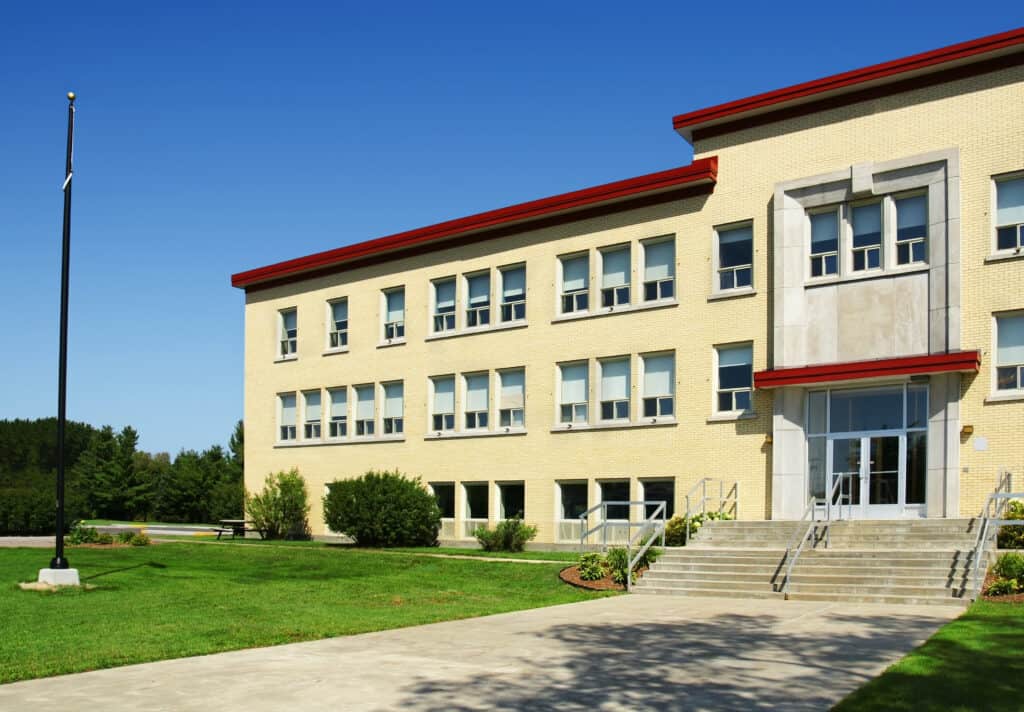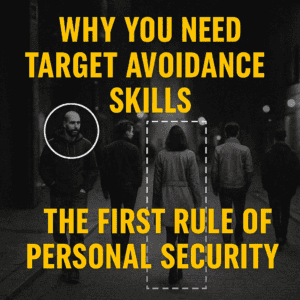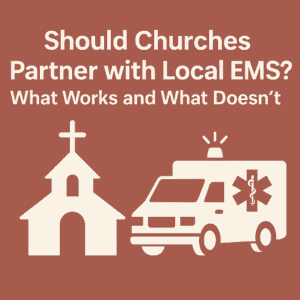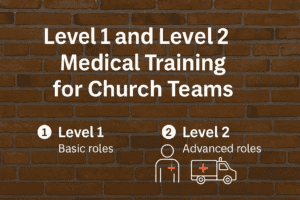The issue of school safety has become a critical concern in recent years, as high-profile incidents, including school shootings and student violence, have raised awareness about the potential dangers that students may face in school settings. As parents and educators continually seek ways to create a safe and nurturing learning environment, tackling current school safety issues has become an urgent challenge that demands a multi-faceted approach.
One aspect of addressing school safety is by focusing on improving the overall school climate, as a positive environment promotes respectful, trusting, and caring relationships among all members of the school community. By opening lines of communication and fostering a sense of belonging and connectedness, schools can help to mitigate potential threats and create a safer atmosphere for students to thrive in. Additionally, it is important to implement effective strategies and policies to manage threats and address any incidents of student misbehavior, as these can contribute to an unsafe environment in schools.
To effectively tackle these pressing safety issues, schools must work collaboratively with parents, community members, and law enforcement agencies to share resources, expertise, and best practices. By combining efforts and focusing on preventative measures, schools can address the underlying causes of violence, thereby promoting a safer and more secure environment for all students.
Understanding School Safety Issues
Violence and School Shootings
These tragic events have highlighted the importance of creating a safe environment for students, teachers, and staff. Schools must implement comprehensive safety measures, including training school resource officers, securing school facilities, and conducting regular safety drills. Collaboration with communities and law enforcement is essential to detect potential threats and prevent violent incidents.
Mental Health Challenges
Mental health challenges among students have become an important aspect of school safety. Besides the direct impact on individuals, untreated mental health issues can contribute to violence and other safety concerns. Schools must address the mental health needs of their students by providing resources like counseling, promoting well-being, and destigmatizing mental health challenges. Additionally, educators must be trained in identifying potential mental health issues in students and creating an environment that is supportive and inclusive.
Pandemic Effects
The COVID-19 pandemic brought forth new challenges for school safety. Health and hygiene measures, such as vaccinations, masking, and social distancing, became vital in curbing the virus spread. Remote learning and the subsequent reopening of schools highlighted the importance of being prepared to handle new threats to the well-being of the school community.
To ensure safety in the age of COVID-19, schools have had to adapt and implement rigorous health protocols, invest in sanitation measures, and inform students, teachers, and parents about the latest guidelines and procedures. Furthermore, schools must consider the long-lasting effects of the pandemic on mental health and provide support for those struggling to cope with stress, anxiety, and other emotional challenges during this uncertain time.
Implementing Security Measures
Physical Security Solutions
To tackle current school safety issues, it’s essential to implement physical security solutions. Many public schools are controlling access to their buildings, with the percentage of schools using this safety measure rising from 92% to 97% between 2009-10 and 2019-20. Additionally, the use of security cameras in schools has increased from 61% to 91% during the same period (source).
Metal detectors can also be an effective means of prevention, with many school administrators considering their implementation. However, it is crucial to balance the security aspect with the creation of a welcoming learning environment.
Law enforcement and school personnel, including school security teams, should collaborate on emergency plans and training programs. Educators should be equipped with proper training to identify potential threats and respond effectively.
Digital and Social Media Monitoring
In today’s digital age, monitoring social media platforms such as TikTok can play a significant role in maintaining school safety. Schools should have teams dedicated to monitoring students’ online behavior, which can reveal potential risks and threats before they escalate.
Developing a proactive approach toward examining students’ social media interactions can help educators prevent cyberbullying, identify mental health concerns, and keep an eye on other safety-related issues. Schools should implement strong protocols to protect students’ privacy and free speech, as these monitoring systems can be effective tools when used appropriately in a comprehensive, multi-layered approach to school safety.
Role of Law Enforcement
Police and School Resource Officers
The involvement of law enforcement in schools plays a critical role in maintaining a safe environment. Police officers and School Resource Officers (SROs) are often present on campuses, working closely with school employees to address potential safety concerns. Their duties typically include preventing and managing incidents involving firearms, threats, and other safety hazards.
School Resource Officers undergo specialized training to enable them to interact effectively with students and staff. They contribute not only to the physical safety of the school but also to providing emotional support in times of trauma. The presence of these officers fosters a relationship between law enforcement and the school community, promoting trust and open communication.
U.S. Secret Service Involvement
In addition to local law enforcement, the U.S. Secret Service also takes an active role in addressing school safety concerns. They conduct assessments and research on school violence, providing valuable insights and recommendations to school districts and law enforcement agencies.
The Secret Service’s National Threat Assessment Center (NTAC) has developed a framework for threat assessment in schools, focusing on identifying and managing potential risks. They also offer training and resources to local law enforcement and school personnel to enhance their ability to prevent, prepare for, and respond to potentially dangerous situations.
By working together, local police, school resource officers, the U.S. Secret Service, and school employees form a comprehensive approach to tackling current school safety issues. This collaboration helps create a secure and supportive learning environment for students and staff.
Supporting Mental Health Services

School safety issues have evolved in recent years, and one key area in need of attention is mental health support for both students and teachers. By providing access to mental health services within schools, we can help prevent crises, identify concerns early on, and ultimately create a safer learning environment.
In many states such as Michigan and Virginia, there has been a push to establish comprehensive mental health programs within schools. These initiatives typically include services like counseling, therapy, and suicide prevention programs. These programs not only benefit students but also support teachers and staff members who may be experiencing mental health challenges themselves.
Early intervention and identification are crucial when addressing mental health concerns. Implementing school-based mental health services can improve access to care and allow for prompt identification and treatment of issues. Additionally, such services have been linked to reduced absenteeism and contribute to a more positive learning environment for students.
One of the challenges schools face is training and partnership building. To effectively address mental health issues, schools need to collaborate with mental health professionals, organizations, and local communities. This collaboration can help educate teachers and staff on recognizing signs of distress in both students and colleagues, as well as provide them with guidance on the referral process and appropriate responses.
Investing in mental health services is essential, especially considering the recent rise in mental health crises among young people. According to a CDC study, there was a significant increase in mental health-related emergency department visits for children ages 5 to 11 (24%) and ages 12 to 17 (31%) from March 2020 to October 2020 compared to 2019.
In conclusion, providing mental health services within schools is a vital component of addressing current school safety issues. By fostering a supportive learning environment, early intervention, and collaboration with mental health professionals, we can promote the well-being of both students and teachers while contributing to a safer educational setting.
Engaging Communities and Stakeholders
Developing and Updating Security Plans
Engaging communities and stakeholders is crucial for tackling current school safety issues. One of the essential steps in ensuring students’ safety is developing and updating security plans. School administrators, together with teachers and other school employees, should collaboratively review and assess the existing safety measures in place. Engaging students in this process can provide valuable input since they are the ones directly affected by these plans.
It is imperative to allocate sufficient funding to enhance school safety measures and continuously improve them. This includes training school personnel, hiring additional security staff, or upgrading physical security features such as surveillance systems and access control. Monitoring progress through periodic reviews and adjustments allows schools to adapt to evolving threats and maintain a secure environment.
Collaboration Between Schools and Communities
Aside from developing robust security plans, collaboration between schools, communities, and law enforcement agencies is critical in addressing school safety challenges. Establishing strong partnerships and communication among these entities helps in identifying potential threats present within the community. Regular meetings involving educators, parents, students, and local law enforcement can strengthen the school’s safety net and develop trust among the stakeholders, promoting a sense of shared responsibility.
Working closely with the local community can also enhance support for school safety initiatives and provide additional resources. In some cases, conducting community-wide surveys and discussions can shed light on the public’s perception and concerns regarding school security, improving the efficacy of future safety measures.
In summary, engaging communities and stakeholders when tackling current school safety issues can lead to more effective and inclusive security plans. It is essential to maintain open lines of communication, invest in the necessary resources, and foster collaboration between schools, communities, and law enforcement agencies to ensure the safety and well-being of students, teachers, and staff.
Addressing Political and Funding Challenges
To effectively address school safety issues, it is necessary to address both the political and funding aspects. Schools must receive adequate financial support and resources to implement safety measures for the benefit of both students and teachers.
To tackle these funding challenges, schools and districts can evaluate their security systems and prioritize how their resources will be allocated, keeping in mind the importance of maintaining a safe learning environment. Additionally, political decision-makers must come together to reassess education budgets, considering the demands and necessities of school security in our current climate.
Schools have a vested interest in student and staff safety. Enhancing security measures and implementing preventive programs can help reduce the risk of violent incidents. Stakeholders in the political sphere have been discussing school safety and considering proposals that involve federal grant programs. However, collaboration between policymakers and education professionals is key to crafting effective legislation that accurately reflects and meets the needs of schools and districts across the country.
Moreover, it is essential to recognize that addressing school safety is not only about reacting to recent events or focusing on a single aspect of the issue. A comprehensive approach should be adopted, taking into consideration the research and legislative tracking currently being conducted to ensure long-term solutions for schools nationwide.
In conclusion, the challenges that schools face in terms of safety are significant. Addressing political and funding issues is a crucial step towards a comprehensive approach to increasing security in educational institutions. Collaboration between stakeholders, including policymakers and educators, is essential to create effective measures that protect students, teachers, and the broader school community.
Conclusion
School safety is a critical issue that requires a multifaceted approach to effectively tackle the various challenges students and faculty face. By focusing on aspects such as promoting a positive school climate, ensuring access to mental health resources, and training school resource officers, stakeholders can create a safer environment for all participants.
Investing in school safety measures can lead to a significant reduction in incidents such as shootings, physical assaults, and bullying. Additionally, addressing the unique needs of diverse student populations and emphasizing the importance of inclusivity can have lasting positive effects on school communities.
Proactive strategies and early intervention in situations such as peer victimization are essential in preventing escalation and long-term consequences. Collaborative efforts from educators, administrators, parents, and law enforcement can significantly enhance the effectiveness of school safety initiatives.
Adopting evidence-based practices and continuously evaluating the efficacy of implemented measures enables schools to adapt their safety strategies. As the School Safety Task Force Final Report suggests, a comprehensive and flexible approach to handling school safety can yield meaningful improvements in the well-being of students and staff.
In summary, tackling current school safety issues requires an informed, adaptable, and collaborative approach. By prioritizing the well-being of students and faculty, schools can create an environment that fosters learning, personal growth, and security for everyone involved.
Frequently Asked Questions
How can we effectively address bullying in schools?
There are several strategies to address bullying in schools. Firstly, implementing comprehensive anti-bullying policies can set clear expectations for behavior. Additionally, fostering a positive school climate that emphasizes respect, trust, and open communication can discourage bullying. Lastly, providing education and training for students, staff, and parents on recognizing and addressing bullying can equip everyone with the necessary tools to help prevent and respond to the issue.
What measures can be taken to improve student safety during emergencies?
To improve student safety during emergencies, schools should develop and regularly update comprehensive emergency response plans. These plans should be tailored to specific risks and vulnerabilities of the school, such as natural disasters, fires, or violent incidents. Conducting regular drills for different emergency scenarios can familiarize students and staff with the appropriate procedures and ensure they are prepared to act quickly and appropriately in the event of a real emergency.
How can we better support students’ mental health in schools?
Supporting students’ mental health in schools involves proactive measures that can be taken by schools, educators, and administrators. Providing access to mental health resources, such as school counselors and mental health education programs, can help students get the support they need. Encouraging open communication and creating a safe, supportive environment can also foster a sense of belonging, contributing to improved mental well-being.
What role do schools play in addressing community safety challenges?
Schools can play an important role in addressing community safety challenges by actively collaborating with local law enforcement agencies, community organizations, and stakeholders. Engaging in community safety initiatives or forming partnerships can help align efforts in addressing broader safety concerns impacting students and their families.
How can technology and security systems be utilized to enhance school safety?
Technology and security systems can be utilized to enhance school safety by implementing tools like access control systems, surveillance cameras, and alarm systems. Additionally, communication systems among staff members, such as two-way radios or emergency notification apps, can improve response times and coordination during emergencies. Schools can also consider using digital platforms for anonymous reporting of bullying or safety concerns.
How can we foster a safe and inclusive school climate?
Fostering a safe and inclusive school climate involves creating an environment where all students feel valued, respected, and supported. This can be achieved by actively promoting diversity and inclusion, establishing a zero-tolerance policy against discrimination, and encouraging open and respectful communication between students, staff, and parents. Providing training to staff on cultural sensitivity and inclusiveness can also help create a more supportive environment where everyone feels welcomed and safe.
Is your school as safe as it could be? Risk Strategy Group can help you find out. Our expert consultants are all certified by the Texas School Safety and Security Consultant Registry and are skilled in conducting comprehensive safety and security audits.
We can identify potential vulnerabilities, offer actionable recommendations, and help you implement robust security measures. Don’t wait for a crisis to reveal the gaps in your school’s safety plan. Contact Risk Strategy Group today and let’s ensure your school is a safe learning environment for everyone.








